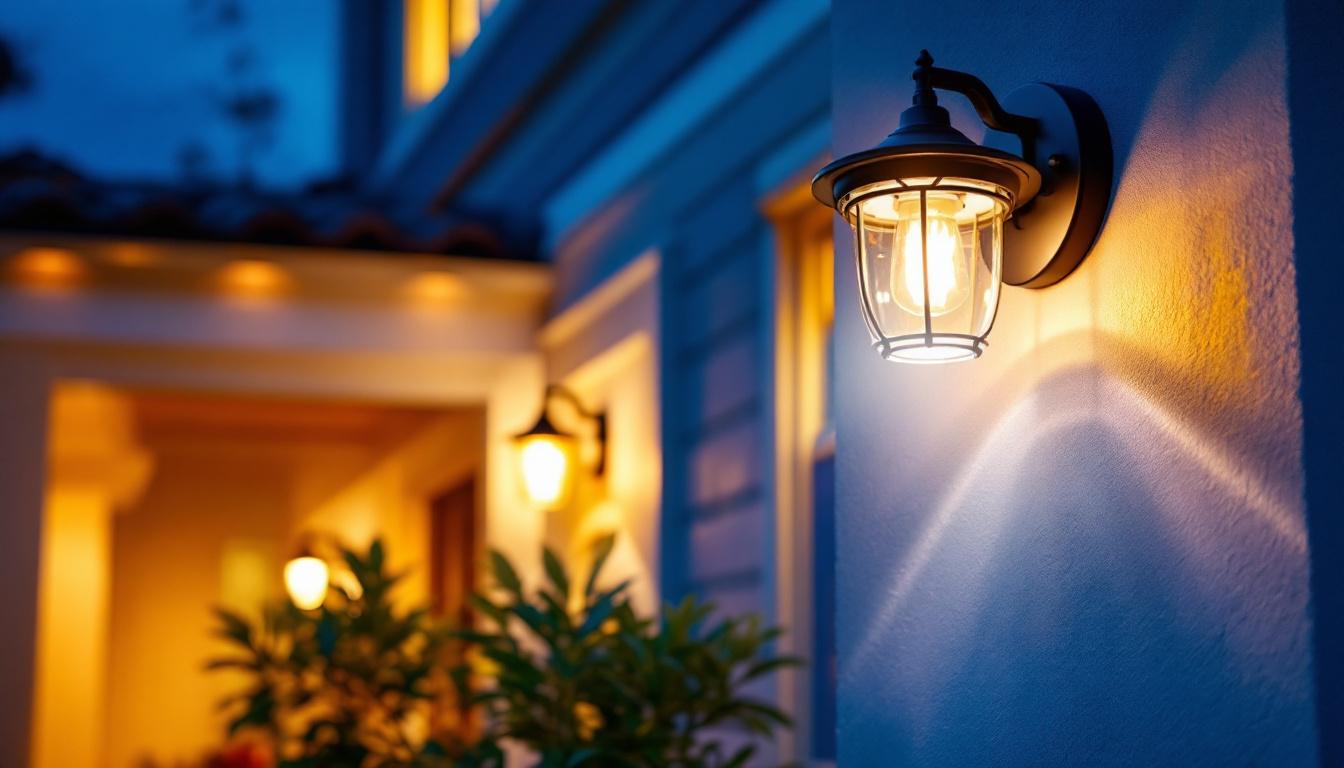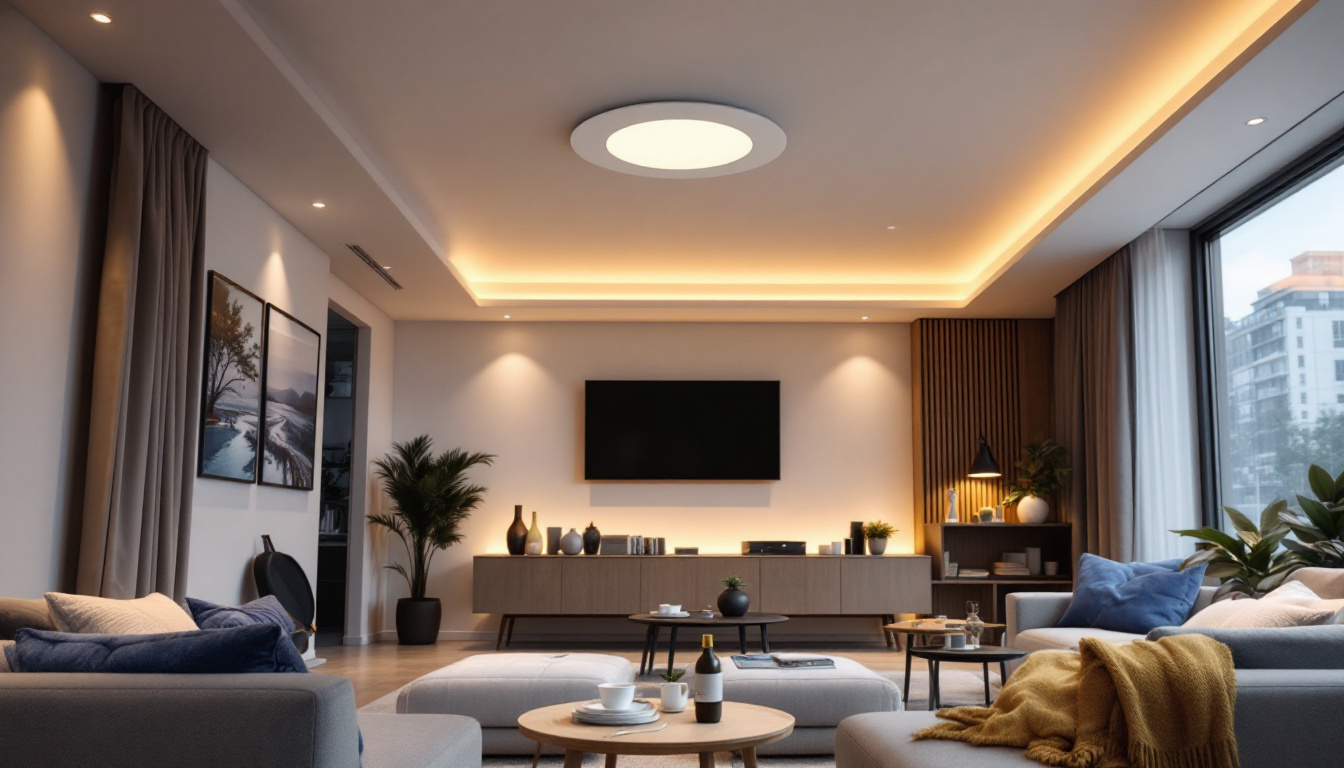
Lighting contractors face a myriad of challenges in their line of work, particularly when it comes to selecting the right bulb type for various applications. The choice of bulb can significantly impact energy efficiency, installation costs, and overall client satisfaction. This article delves into the top challenges that lighting contractors encounter regarding bulb types, offering insights and potential solutions to navigate these complexities.
Lighting contractors must be well-versed in the various types of bulbs available in the market. Each bulb type comes with its own set of characteristics, advantages, and disadvantages. The most common types include incandescent, fluorescent, halogen, LED, and smart bulbs. Understanding these differences is crucial for making informed decisions that align with client needs and project specifications.
Incandescent bulbs have been a staple in residential and commercial lighting for decades. They produce a warm light and are often favored for their aesthetic appeal. However, they are not energy-efficient, consuming more electricity and having a shorter lifespan compared to other options. This can lead to increased costs for both the contractor and the client in the long run. Additionally, the light produced by incandescent bulbs can create a cozy atmosphere, making them a popular choice for homes and restaurants where ambiance is key. Despite their drawbacks, the simplicity of their design and the ability to be dimmed easily makes them a preferred choice for many traditional lighting applications.
Fluorescent bulbs are more energy-efficient than incandescent options and are commonly used in commercial settings. However, they can be less appealing in terms of light quality and color rendering. These bulbs work by passing an electric current through a gas, which produces ultraviolet light that then excites a phosphor coating inside the bulb to emit visible light. This process, while efficient, can result in a harsh light quality that some users find uninviting. Halogen bulbs, on the other hand, provide bright, crisp light but also have a shorter lifespan and consume more energy than LEDs. They are often used in track lighting and outdoor fixtures due to their ability to produce a focused beam of light, making them ideal for highlighting architectural features or artwork. Contractors must weigh the benefits of brightness and color accuracy against the operational costs when recommending these options to clients.
LED bulbs have revolutionized the lighting industry with their energy efficiency, longevity, and decreasing costs. They can last up to 25,000 hours or more, significantly reducing the frequency of replacements. Moreover, LEDs come in a variety of color temperatures, allowing for greater flexibility in design and mood setting. Smart bulbs offer added functionality, allowing users to control lighting remotely and customize settings. These bulbs can be programmed to adjust brightness and color based on the time of day or even sync with music or home automation systems. However, the variety of LED and smart options can overwhelm contractors, making it challenging to select the best fit for specific projects. Understanding the compatibility of smart bulbs with existing home systems and the potential for integration with other smart devices is essential for contractors aiming to provide comprehensive lighting solutions that enhance both functionality and user experience.
Energy efficiency regulations are constantly evolving, and lighting contractors must stay informed to ensure compliance. These regulations can dictate the types of bulbs that can be used in certain applications, impacting project planning and execution. As technology advances, new standards are often introduced, which can require contractors to adapt their practices and materials to meet these updated requirements. Staying ahead of these changes is crucial for maintaining a competitive edge in the industry.
Contractors need to familiarize themselves with local and national energy codes that govern lighting installations. Non-compliance can result in fines, project delays, and increased costs. This necessitates ongoing education and awareness of the latest regulations, which can be a significant challenge for many contractors. Additionally, understanding the nuances of these codes can empower contractors to advise clients on the best practices for energy efficiency, potentially opening up new avenues for business and enhancing client relationships. Workshops, online courses, and industry seminars can serve as valuable resources for contractors looking to deepen their knowledge and expertise in this area.
While energy-efficient bulbs may have a higher upfront cost, they often provide long-term savings through reduced energy consumption. Contractors must effectively communicate these benefits to clients who may be hesitant to invest in more expensive options. This balancing act between cost and compliance can be a significant hurdle in the decision-making process. Furthermore, contractors can leverage case studies and real-world examples demonstrating the return on investment (ROI) of energy-efficient solutions, showcasing how initial expenditures can lead to substantial savings over time. By providing comprehensive analyses, including projected energy savings and maintenance costs, contractors can help clients make informed decisions that align with both their budget and sustainability goals.
Meeting client preferences and expectations is paramount for lighting contractors. Clients often have specific ideas about the type of lighting they want, which may not always align with the most efficient or effective options available.
Contractors play a crucial role in educating clients about the various bulb types and their implications. This involves explaining the benefits and drawbacks of each option, helping clients make informed choices that align with their needs and budget. However, clients may have preconceived notions about certain bulb types, making this education process challenging.
In addition to educating clients, contractors must also manage their expectations. Clients may desire specific lighting effects or aesthetics that are not achievable with certain bulb types. Open communication is essential to ensure that clients understand what is feasible within their budget and project constraints.
The lighting industry is rapidly evolving, with new technologies emerging regularly. While these advancements can offer significant benefits, they also pose challenges for contractors who must keep pace with the latest trends.
Contractors need to stay informed about new bulb types, technologies, and innovations. This requires ongoing education and training, which can be time-consuming and costly. Additionally, the sheer volume of new products can make it difficult to determine which options are worth incorporating into their offerings.
Smart lighting solutions are becoming increasingly popular, offering enhanced control and customization. However, integrating these technologies into existing systems can be complex. Contractors must be knowledgeable about compatibility issues and installation processes to effectively implement smart lighting solutions for clients.
Installation is a critical aspect of any lighting project, and the type of bulb used can significantly impact the installation process. Different bulbs have varying requirements for installation, which can pose challenges for contractors.
When replacing bulbs, contractors must ensure that new options are compatible with existing fixtures. This can be particularly challenging when transitioning from traditional bulbs to LED or smart options. Incompatibility can lead to additional costs and delays, which can frustrate both contractors and clients.
Some bulb types, especially smart bulbs, may require specialized installation techniques or additional components. Contractors must be prepared to adapt their installation methods to accommodate these requirements, which can add complexity to the project.
Cost management is a significant concern for lighting contractors, particularly when it comes to bulb selection. The initial cost of bulbs can vary widely, and contractors must navigate these costs while ensuring profitability.
While energy-efficient bulbs may have a higher upfront cost, they often lead to significant long-term savings through reduced energy consumption and maintenance costs. Contractors must effectively communicate these savings to clients to justify the initial investment.
Many clients operate within strict budget constraints, which can limit the options available to contractors. Balancing client desires with budget realities can be challenging, requiring contractors to be resourceful in finding solutions that meet both needs.
As sustainability becomes a more pressing concern, lighting contractors face increasing pressure to consider the environmental impact of their bulb choices. This includes understanding the lifecycle of different bulb types and their effects on energy consumption.
Contractors are often tasked with recommending eco-friendly lighting solutions. This involves staying informed about the environmental impact of various bulb types, including their energy efficiency and recyclability. Educating clients about these options can also enhance their satisfaction and align with their values.
Proper disposal of bulbs, particularly fluorescent and LED options, is essential to minimize environmental impact. Contractors must be knowledgeable about local disposal regulations and educate clients on responsible waste management practices.
The lighting industry is continuously evolving, with several trends shaping the future of bulb types and lighting solutions. Contractors must stay ahead of these trends to remain competitive and meet client expectations.
LED technology continues to advance, with improvements in efficiency, color rendering, and lifespan. Contractors should keep an eye on these developments to offer the best options to clients. As LED technology becomes more sophisticated, it may also lead to new applications and opportunities in various sectors.
The Internet of Things (IoT) is transforming the way lighting systems are designed and operated. Smart lighting solutions that integrate with other IoT devices can enhance energy efficiency and user experience. Contractors must be prepared to embrace these technologies and educate clients about their benefits.
Lighting contractors face numerous challenges when it comes to bulb types, from understanding different options to navigating client expectations and regulatory requirements. By staying informed about the latest trends, technologies, and best practices, contractors can effectively address these challenges and provide exceptional service to their clients. Ultimately, the key to success lies in balancing efficiency, cost, and client satisfaction, ensuring that every lighting project meets the highest standards of quality and performance.
As a lighting contractor, you understand the importance of balancing efficiency, cost, and client satisfaction. At LumenWholesale, we’re here to support you in meeting these challenges head-on. Our spec-grade lighting products are not only top-quality but also offered at unbeatable wholesale prices. With our extensive selection that meets the highest industry standards, you can trust that your lighting projects will shine with reliability and high performance. Plus, with free shipping on bulk orders, you can enjoy premium lighting solutions at the best value — all without hidden fees or compromises. Elevate your lighting projects by choosing LumenWholesale, where quality, affordability, and convenience come together seamlessly. Wholesale Lighting at the Best Value.

Discover essential insights for lighting contractors on optimizing over-the-bar lighting.

Discover the ultimate guide to office lighting with our comprehensive article on light fixtures.

Discover the ultimate guide to outdoor over door lighting with insights from top lighting contractors.

Explore the advantages and drawbacks of 4-inch recessed lighting in this insightful guide tailored for lighting contractors.